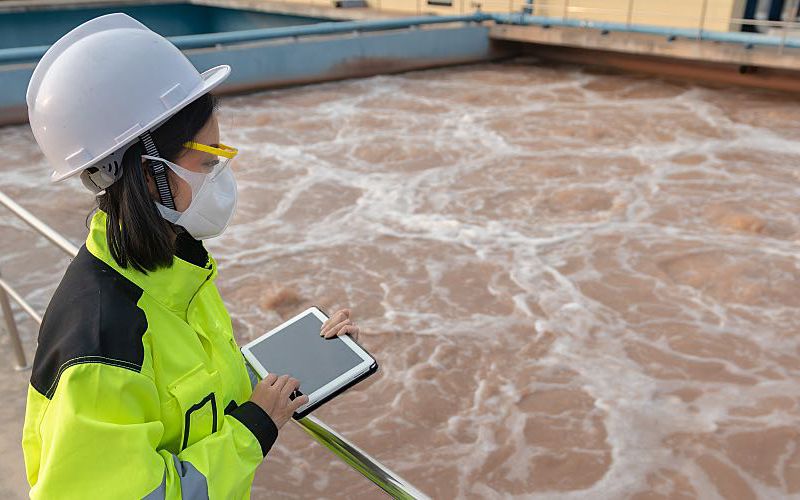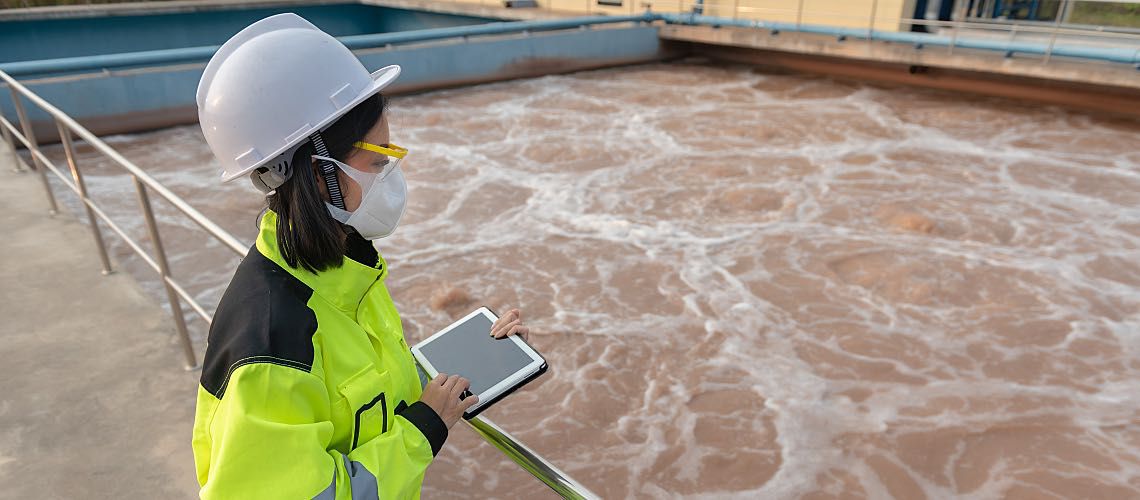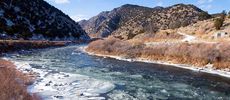Water Recycling Helps Meet Escalating Demand


As the demand for water on the planet grows, using wastewater wisely after it's treated becomes increasingly vital. Before the water is discharged into a water body, like a river or stream, there's another option—water recycling. By reusing water, communities can optimize the amount of water available and their overall water use. Not only is this a sustainable practice but it also provides both potable and non-potable alternatives that can increase water security, sustainability, and resilience.
Let's learn more about the sources of water for reuse, levels of treatment, possible purposes, innovative EPA-funded water reuse technologies, and the role of water labs.
Sources of Water for Reuse
Water sources you can consider for recycling range from municipal wastewater, industry process and cooling water, stormwater, agricultural runoff and return flows, and water from natural resource extraction. Reuse can either be unplanned—for example, rivers receiving treated wastewater from upstream communities—or planned, like the community reuse of water before it's returned to the environment.
Recycled waters must undergo treatment to ensure they're fit for their next purpose. The level of treatment depends on requirements to protect public health and the environment as well as to meet specific user needs. Water used to irrigate crops, for instance, would need to meet higher standards than water used to clean roads or settle dust.
Levels of Treatment
In the U.S., both California and Florida lead the use of reclaimed water. California has shaped water reuse standards and classifications from A to D, giving other states a model to follow. Major concerns include removing trace pathogens, heavy metals, pharmaceuticals, chemical residue, and endocrine disrupting compounds, according to the University of Idaho.
Class A water requires the most intensive disinfection and tertiary treatment process to achieve less than 2.2 MPN/100 mL total coliform and an average turbidity level of 2NTU. The other classes have varying levels of coliform but no restrictions on turbidity. Water labs play a key role in ensuring reused water is fit for the intended purpose.
Purposes of Reclaimed Water
How entities reuse water is up to state governments, which decide how to allocate and develop water resources. All water recycling programs—whether initiated by the EPA, states, tribes, or local government—must meet Safe Drinking Water Act and Clean Water Act standards to protect drinking water sources and surface water like rivers and lakes.
A major benefit of water reuse and recycling is the reduced amount of potable water used for non-potable purposes, including:
- Landscaping and agricultural irrigation
- Groundwater or aquifer recharge
- Industrial recycling and reuse
- Concrete mixing and other construction work
- Recreational use
- Environmental restoration
- Fire protection, air conditioning, and toilet flushing
EPA Support for Water Reuse Technology and Projects
The EPA provides technical guidance to communities interested in water recycling, helps develop and fund the science behind recycling, and provides financial support for technology and projects.
In January 2022, the EPA awarded $1.2 million to commercialize water reuse technologies that protect the environment and public health. These include:
- Reducing membrane fouling for efficient water reuse: Membranes are the gold standard for water and wastewater treatment and reuse applications, including food and beverage, microelectronics, power, and extraction.
- Zero-waste water and energy recovery: This onsite black- and greywater treatment technology maximizes the chemical energy potential in wastewater to produce zero waste and three valuable output streams: clean water for non-potable reuse, concentrated fertilizer, and Class A biosolids to amend local soils.
- Near-real-time analytical system for measuring N-nitrosamines: Communities need a fast and reliable analytical method to detect N-nitrosamines—a large group of chemical carcinogens—in recycled water intended for potable use. The technique is capable of online, fully automated operation, and costs will be a fraction of current lab techniques while allowing equivalent or better measurement performance and speed.
For more information on water reuse, see the EPA website on water reuse. You'll learn about types of reuse, community resources, and the National Water Reuse Action Plan (WRAP) collaborative to advance reuse planning and implementation.






